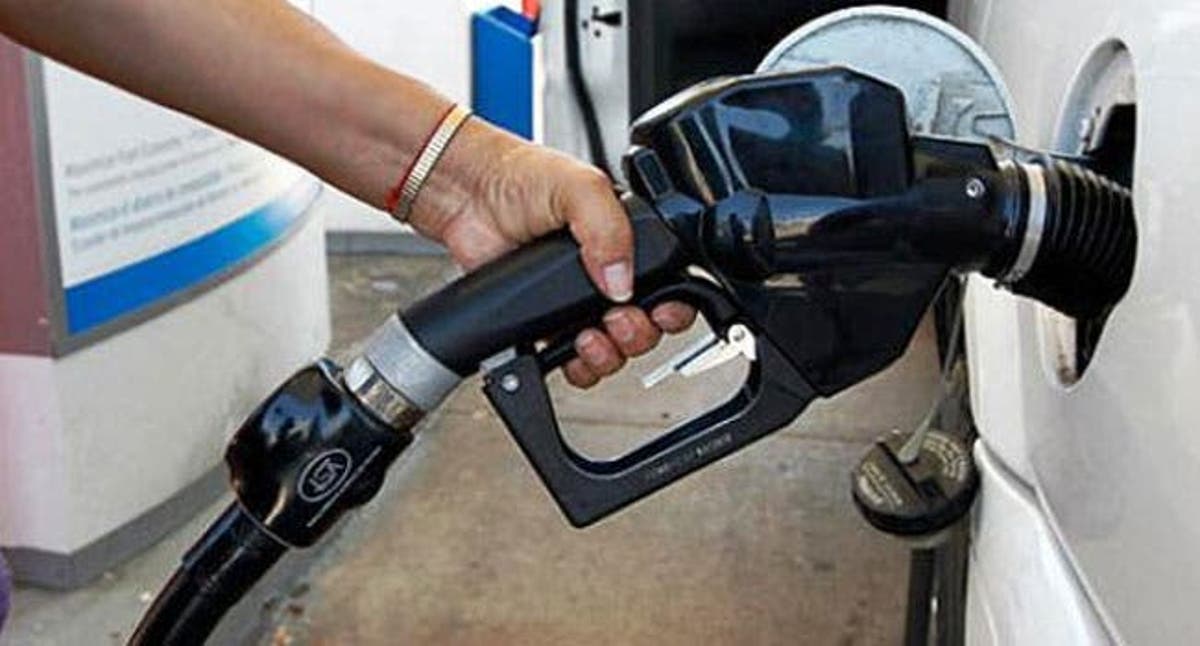
Historical data shows that current fuel prices do not match importation costs, which hints at another possible hike.
President Bola Ahmed Tinubu announced the fuel subsidy removal and naira devaluation on his inauguration day. Barely two days after this speech, the petroleum regulatory body NNPC (Nigerian National Petroleum Corporations) Limited made this change official. The event ballooned premium motor spirit price (PMS) from 189 per litre to N480-N570 per litre -representing over a 200% increase.
President Tinubu stated that the country’s declining resources could no longer service the growing cost of subsidisation. He promised to redirect money saved from this adjustment into more profitable ventures.
“We shall instead re-channel the funds into better investment in public infrastructure, education, health care, and jobs that will materially improve the lives of millions,” President Tinubu said.
Consequently, the fuel subsidy removal and naira devaluation have accelerated the cost of living in Nigeria. It gets worse seeing that both changes effected by the president may be more intertwined than the average person may care to notice.
Exchange Rate Versus Fuel Prices
Data from Stears, a market analysis publication, reveals that the 200% fuel price plus increase rose to meet a dollar-dependent landing cost in June. Both metrics made flat-line in lock-step movement until mid-July when FX forces further suppressed the naira. According to the chart below, pump prices rose from N488 to N568 per litre, creating another confluence with parallel landing costs, which increased from 522 to 568 simultaneously.
Source: Stears
This change represents a 16% and 8% increase in retail and cost prices, respectively. While the parallel and the I&E landing cost maintained their correlation over that duration, the pump price remained unchanged. It is worth stating that the FX unification is a major cause for the sustained lock-step movement and convergence for both landing cost variables.
The Possible Aftermath
The FX unification and subsidy removal suggest that citizens would pay the full cost of the PMS they purchase. Meanwhile, prices would be subject to exchange rate fluctuations. Historical data on the chart revealed that file retailers target a minimum of N5 above landing costs. Therefore, if previous events provide any prediction, pump prices should be at least N720/litre before the year ends. This value represents an additional 16% increase on the latest price and an almost 300% spike from May 2023.
A post on X(formerly Twitter) by a famous Nigerian journalist, Oseni Rufai, corroborates this projection. According to his breakdown, the sum of product, finance, and operation costs is yet to match at a fair price.
In summary, these developments have tremendously accelerated inflation this year alone and may even worsen. Many citizens may need to take more proactive measures to cushion the aggressive effect of the possible aftermath.
Do you think the fuel price in Nigeria will remain the same? Let us know your thoughts in the comment section below.
Content on this website is the author’s opinion or report based on his/her discretion and should not be taken as financial advice. In no event will Coindailypress be liable for loss of any kind.


